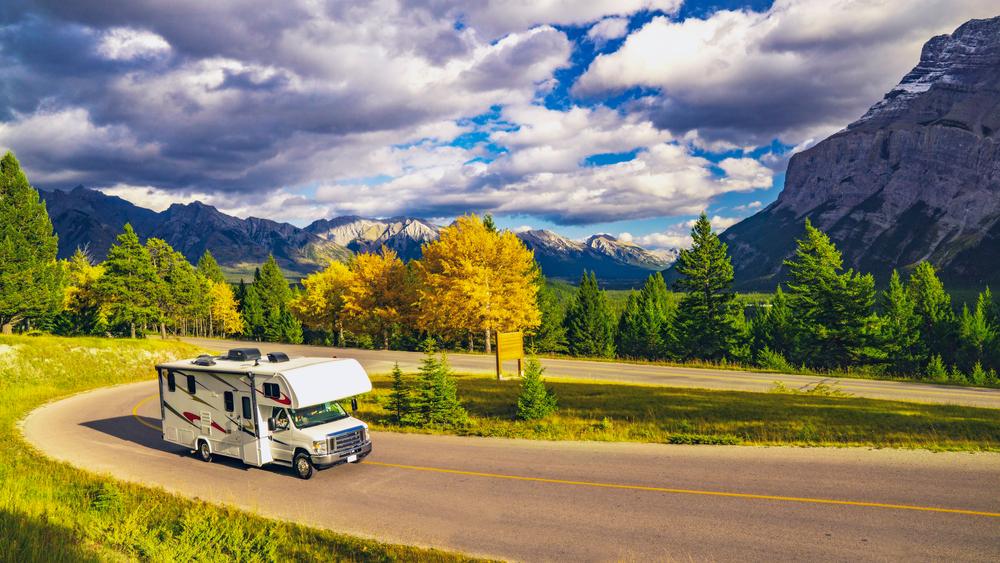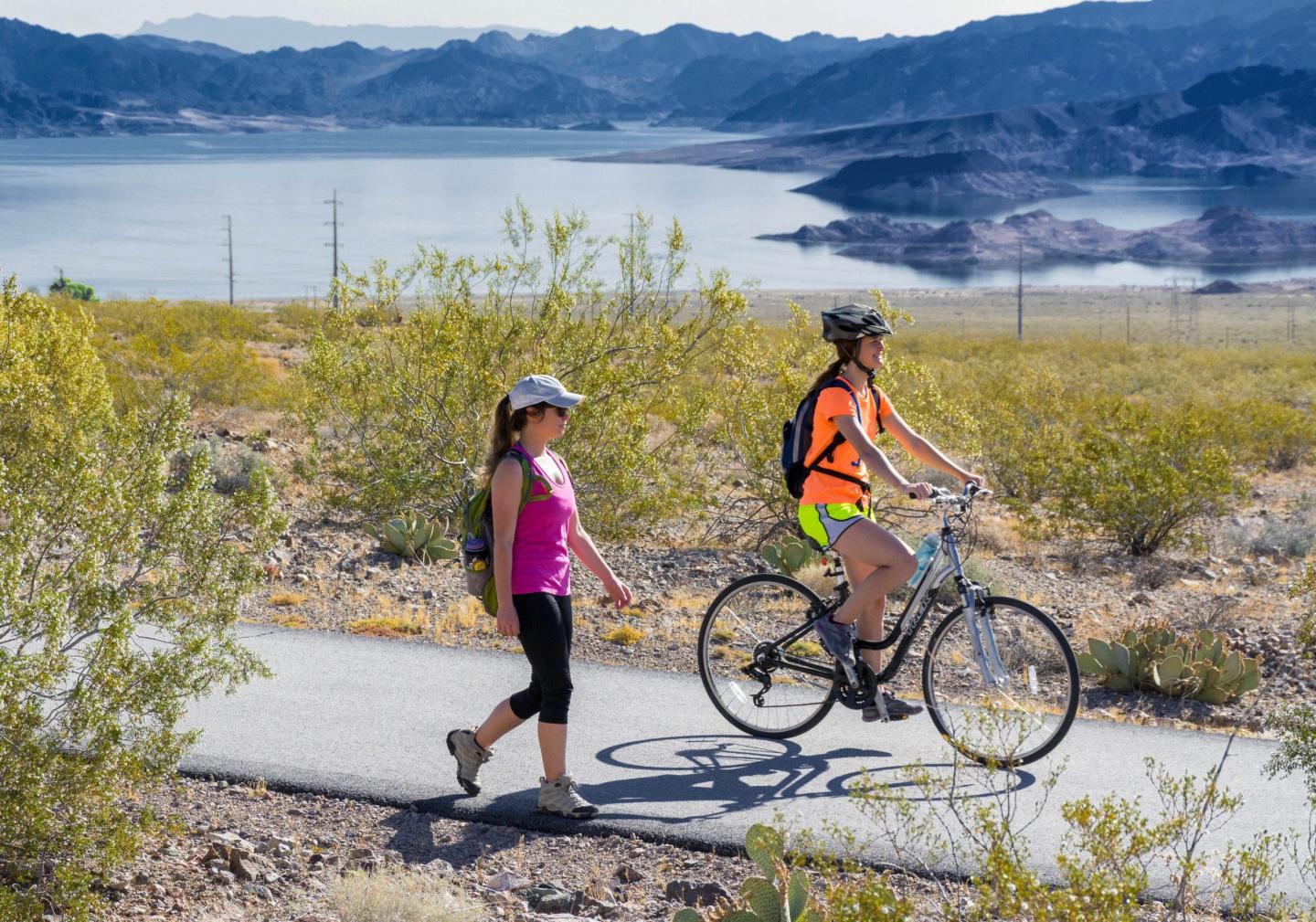
Transportation


Smart travel makes for smoother adventures.
Every national park is unique, and so is how you move through it. From scenic drives and park-and-ride shuttle systems to bike paths, walking trails, and public transit connections, the way you get around can shape your experience. Some parks are best explored by car, others are ideal for walking or biking, and many offer transit options that help reduce congestion and protect the environment.

Know Before You Go
Transportation options vary widely from park to park. In some places, you can take a free or low-cost shuttle that connects popular trailheads, visitor centers, and campgrounds. Other parks may require a personal vehicle or advance reservations to drive certain scenic routes. Seasonal traffic, car-free days, and temporary road closures can also affect your plans.
That’s why it’s important to plan ahead. Check the park’s official website before your trip to understand what transportation options are available, whether shuttle tickets are needed, and if parking passes or alternative travel methods are recommended.

Make It Easier on Yourself and the Park
Using transit or exploring by bike, foot, or rideshare can reduce stress and help you avoid crowded parking lots. It also supports conservation by cutting down on vehicle emissions and minimizing wear on park roads. Many parks have adopted sustainable transportation systems to protect the natural experience for future visitors. Choosing these options often leads to a more relaxing and rewarding visit.
Learn More About Park Transit Options
To find transportation details for a specific park, including shuttle services, bike routes, public transit access, and road conditions, visit the National Park Service’s Transportation Guide.



